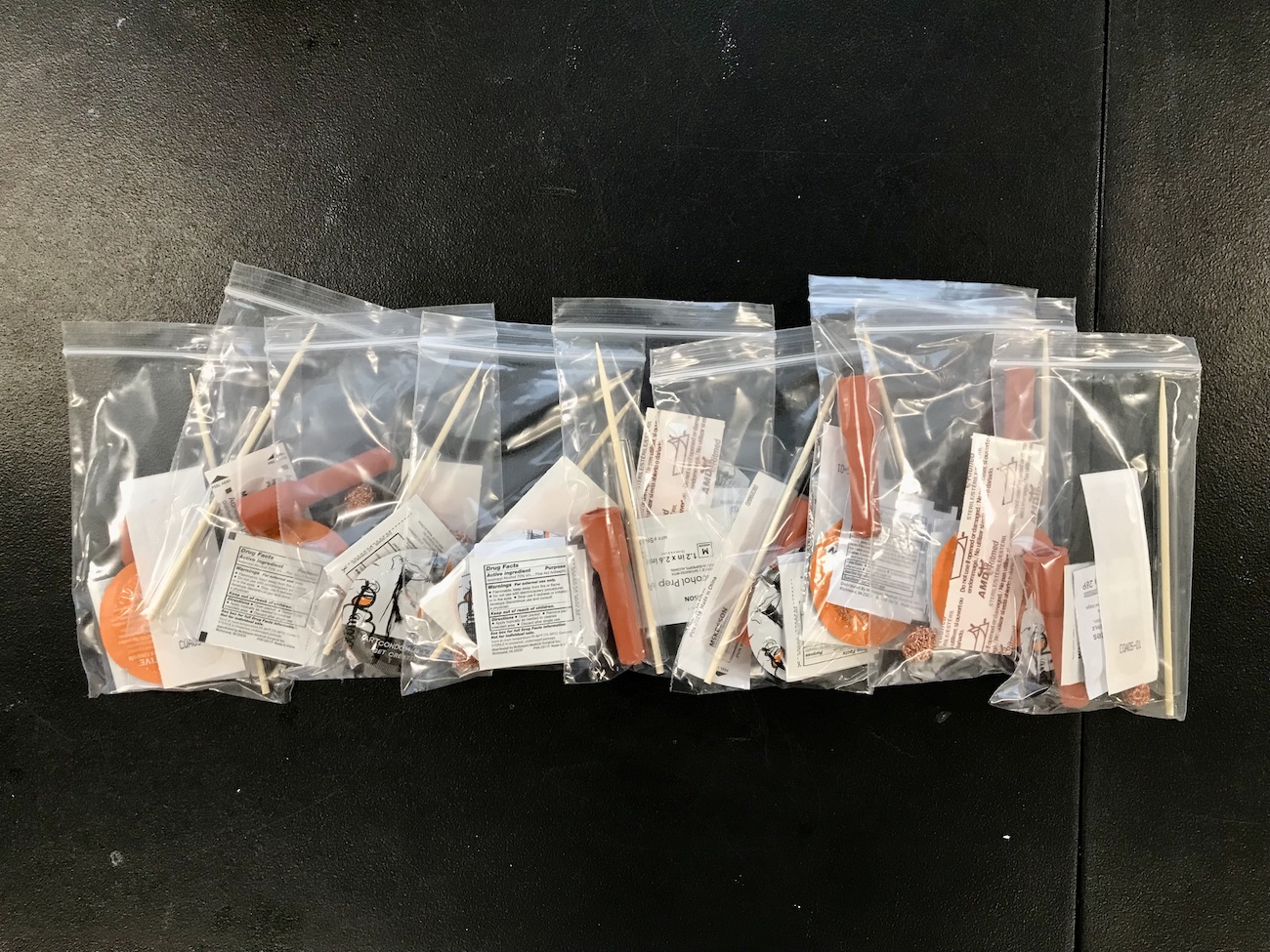Harm reduction, once a term of relative obscurity, is now splashed all over the headlines. In March, harm reduction advocates witnessed a historic and hopeful moment as President Biden publicly endorsed the approach as part of his “Unity Agenda” and efforts to address the overdose crisis. Yet just a month prior, we saw a firestorm of conservative-fueled opposition to the practice.
As longtime harm reduction advocates from both the clinical and policy fields, we knew full well that when the SAMHSA-funded Harm Reduction Grant Program was first launched last year, there would be backlash. So the opposition’s lambasting and remarks intended to provoke alarm, doubt and prejudice come as no surprise. But we are shocked and appalled at the administration’s quick caving to right-wing pressure and the racism undergirding their agenda.
At its core, harm reduction is about saving lives and building trust—and it cannot be piecemeal.
Merely a day after one prominent senator’s incendiary tweet—”Biden crime policy: Crack pipes for all”—HHS Secretary Xavier Becerra and ONDCP Director Rahul Gupta issued a statement saying, “No federal funding will be used directly or through subsequent reimbursement of grantees to put pipes in safe smoking kits.” And in the official FY23 Budget released last month, while there is substantial funding included and specific language on “addressing the opioid and drug overdose epidemic,” we see absolutely no mention of harm reduction.
We want to make it clear: This blatant back-pedaling is charged by fallacy and bigotry, not science or care.
Harm reduction is a set of practical, evidence-based strategies to reduce negative consequences associated with drug use, and it is a movement for social justice built on the belief in, and respect for, the rights of people who use drugs. At its core, harm reduction is about saving lives and building trust—and it cannot be piecemeal.
Harm reduction isn’t just naloxone and fentanyl test strips. It’s utilizing all the tools at our disposal to help all people who use all types of drugs—including those who use smoking supplies and pipes.
Singling out certain people and excluding particular strategies is not only antithetical to the concept of harm reduction. It is immoral, because there is no hierarchy of worthiness. It is inefficient, because the more tools and resources we can provide, the greater the number of entry points for people to access care and the greater the potential to save lives. And it is myopic, when we know that polysubstance use is the norm.
The hypocrisy of providing sterile syringes but not sterile stems should be clear to all—it’s racism.
There is no denying that opioid-related overdose deaths are at an all-time high, but stimulant–involved deaths are also increasing. And engaging people who use stimulants can be much more difficult than with those who use opioids, because there is no stimulant equivalent of methadone, buprenorphine or naltrexone (the three FDA-approved medications to treat opioid use disorder). What we can offer to these people are the complete safer smoking kits that prevent disease transmission and other harms.
The hypocrisy of providing sterile syringes but not sterile stems should be clear to all—it’s racism. It is a perpetuation of the racialization of the crack cocaine epidemic that began in this country in the 1980s, and the criminalization of the Black and Brown communities who were disproportionately harmed. Painfully, yet again, we are seeing how white supremacy pervades American policy.
When we refuse to confront our biases and learn from the past, we risk everything. At the height of the AIDS epidemic, we battled the same uproar in response to syringe service programs (SSP), which data plainly show have a dramatic and positive impact. SSP resulted, for example, in a 33 percent reduction in HIV prevalence in New York between 1990 and 2002. More recently, in 2018, the Yale School of Public Health published an article on the escalating rate of HIV in Scott County, Indiana, finding that the number of people who contracted HIV could have been cut from 215 to just 10 had the county established harm reduction measures in the earliest phases of the outbreak. Scott County belatedly opened an SSP in 2015, and within five years, new infections there were down to just one. That SSP, however, was sadly shut down in a recent battle.
A condom, a sterile syringe, a clean pipe—we know that they all help to protect the health and dignity of people who use drugs. Really, the only question that remains is: Which groups of people will this administration’s harm reduction efforts help and who will, yet again, be excluded?
Photograph of safer smoking kits by Kastalia Medrano






Show Comments